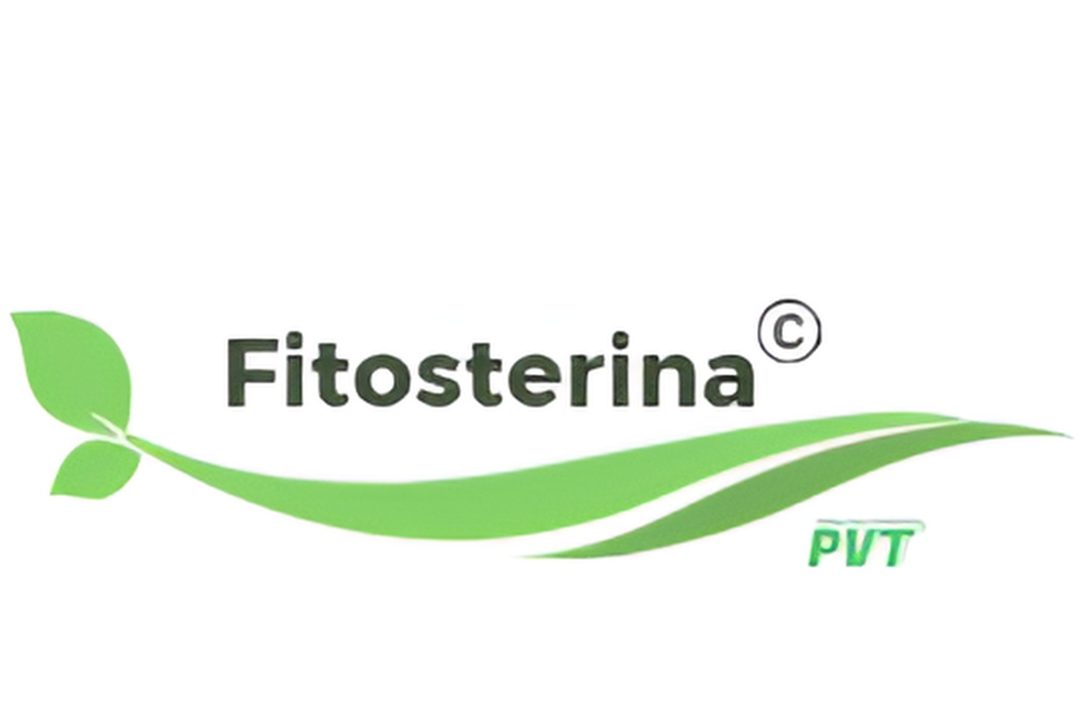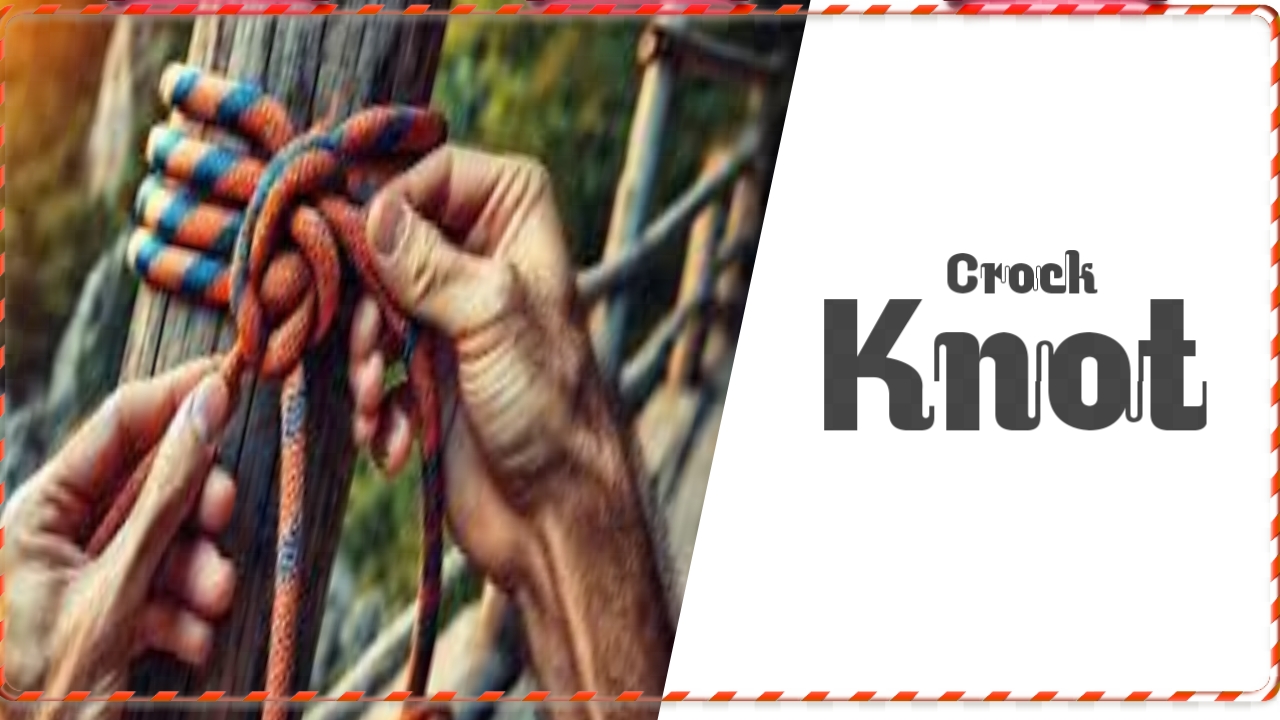Understanding the Crock Knot
Definition of a Crock Knot
The Crock Knot is a specialized knot known for its reliability and strength, making it a go-to choice across various applications. This knot is particularly favored in situations where securing loads is crucial—like in sailing, climbing, and specific crafts. Its secure hold makes it essential for both recreational and professional use.
Historical Context of Knots in Daily Life
Knots have been integral to human activities since ancient times. From hunting and fishing to constructing shelters, knots have played a vital role in survival. The study of knots, known as “knot theory,” has evolved significantly, leading to a myriad of knots tailored for unique applications. Understanding these knots can enhance our daily lives and safety, demonstrating their lasting importance.
Importance of Knowing Various Knots
Familiarity with different knots—and their appropriate applications—can be lifesaving. Whether you’re a passionate outdoors person, an avid sailor, or an enthusiastic craftsperson, knowing the right knot for the right situation can dramatically affect outcomes for safety and efficiency. This knowledge can prevent accidents, enhance performance, and provide peace of mind during activities that involve load-bearing.
Types and Categories of Knots
Basic Knots
- Square Knot: Commonly used for tying two ropes together.
- Bowline: Known for forming a secure loop at the end of a rope.
- Clove Hitch: Ideal for attaching a rope to a post.
Decorative Knots
- Celtic Knot: Often utilized in jewelry and artwork.
- Turk’s Head Knot: Used for decorative purposes in boating and crafts.
Functional Knots
- Sheet Bend: Useful for joining ropes of various sizes.
- Fisherman’s Knot: Essential for anglers looking to tie fishing lines securely.
The Crock Knot: A Detailed Analysis
Origin of the Crock Knot
The Crock Knot is believed to have originated within maritime communities where sailors required a reliable method to secure cargo, sails, and other essential equipment. Its design has been refined over generations, leading to its widespread popularity today.
Uses of the Crock Knot
- Maritime Activities: Perfect for securely tying down sails or cargo in boats.
- Climbing: Vital for ensuring the safety of harnesses and gear when climbing or rappelling.
- Crafts: Commonly used in macramé and other decorative applications due to its strength.
Types of Crock Knot
- Simple Crock Knot: Easy to tie and untie; appropriate for temporary holds.
- Double Crock Knot: Offers extra security, making it ideal for long-term applications.
Symptoms and Signs of Poor Knotting
When using knots, especially the Crock Knot, it’s important to recognize signs of improper tying:
- Fraying Rope Ends: Indicates slips and potential failure.
- Slipping Knots: A sign that the knot wasn’t tied correctly.
- Inefficient Load Bearing: If a knot cannot hold its intended weight, it can lead to hazardous conditions.
Causes and Risk Factors of Poor Knotting
- Inadequate Training: Without proper training, knot tying can become haphazard and ineffective.
- Using the Wrong Material: Knots can fail if the rope material is inadequate for the task.
- Environmental Factors: Exposure to elements like saltwater or extreme temperatures can weaken knots over time.
Diagnosis and Tests for Knot Integrity
Regular checks are essential to ensure knot integrity:
- Visual Inspection: Regularly checking for signs of wear and tear.
- Load Testing: Ensuring knots can hold up under weight conditions.
- Wear and Tear Analysis: Assessing the rope for signs of damage helps prevent failures.
Treatment Options for Knot Failures
Learning how to maintain and treat knots can prolong their effectiveness:
- Retightening Techniques: Proper re-tightening can extend the lifecycle of your knots.
- Knot Replacement: Regularly replacing worn or failed knots ensures maximum safety.
- Using Protective Sleeves: Protective sleeves can significantly reduce wear on key areas of the rope.
Preventive Measures
To avoid knot failures, consider implementing the following:
- Proper Training and Practice: Gaining knowledge and practicing knot-tying techniques will improve effectiveness.
- Regular Inspection of Knots: Conducting frequent checks to identify issues early helps avoid dangerous situations.
- Using Quality Materials: Always choose high-quality ropes and materials tailored to your specific needs.
Personal Stories and Case Studies
Real-life Examples of Successful Knot Usage
Numerous sailors, climbers, and craftsmen have shared their success stories, illustrating the pivotal role that knots, particularly the Crock Knot, play in ensuring safety and reliability during critical operations.
Case Studies on Knot Failures
Analyzing historical incidents where knot failures led to accidents or losses provides valuable lessons on the importance of proper technique and equipment.
Expert Insights
- Advice from Sailing Experts: Professional sailors share top tips for using knots effectively on the water.
- Tips from Rock Climbing Professionals: Climbers emphasize knot safety and their preferred methods for various climbing scenarios.
- Knotting Techniques from Fishing Enthusiasts: Fishermen highlight their favorite knots for securing lines and catches.
Conclusion
Summary of Key Points
This guide has delved into the intricacies of the Crock Knot, exploring its origins, uses, and the importance of mastering knot-tying techniques. Understanding the Crock Knot can greatly enhance your abilities in various outdoor and craft activities.
Call to Action
We encourage readers to practice knot tying, attend workshops, and continuously improve their skills for safety and efficiency in all endeavors. For more resources on knot tying, check out this comprehensive guide to enhance your knowledge!
FAQs About the Crock Knot
- What is a Crock Knot?
- The Crock Knot is a type of knot known for its reliability and is often used in maritime activities and climbing.
- What are some common uses for the Crock Knot?
- It’s used in boating for securing sails, in climbing to secure harnesses, and in crafts for decorative purposes.
- How do I tie a Crock Knot?
- There are various tutorials online that provide step-by-step instructions.Visit here for a video tutorial.
- Why is knot integrity important?
- Ensuring that knots are intact and secure is crucial for safety in activities such as climbing, sailing, and heavy lifting.
- How can I prevent knot failures?
- Regular inspection and maintenance, using quality materials, and practicing proper knot-tying techniques can help prevent failures.




